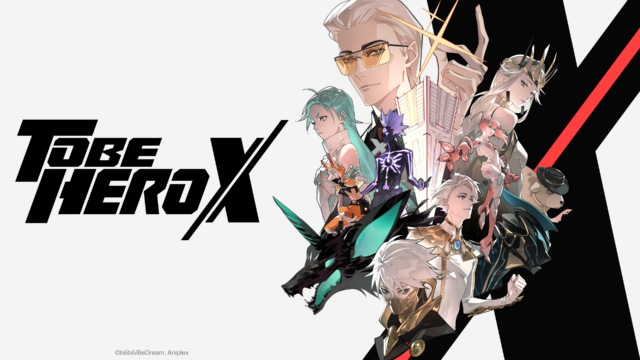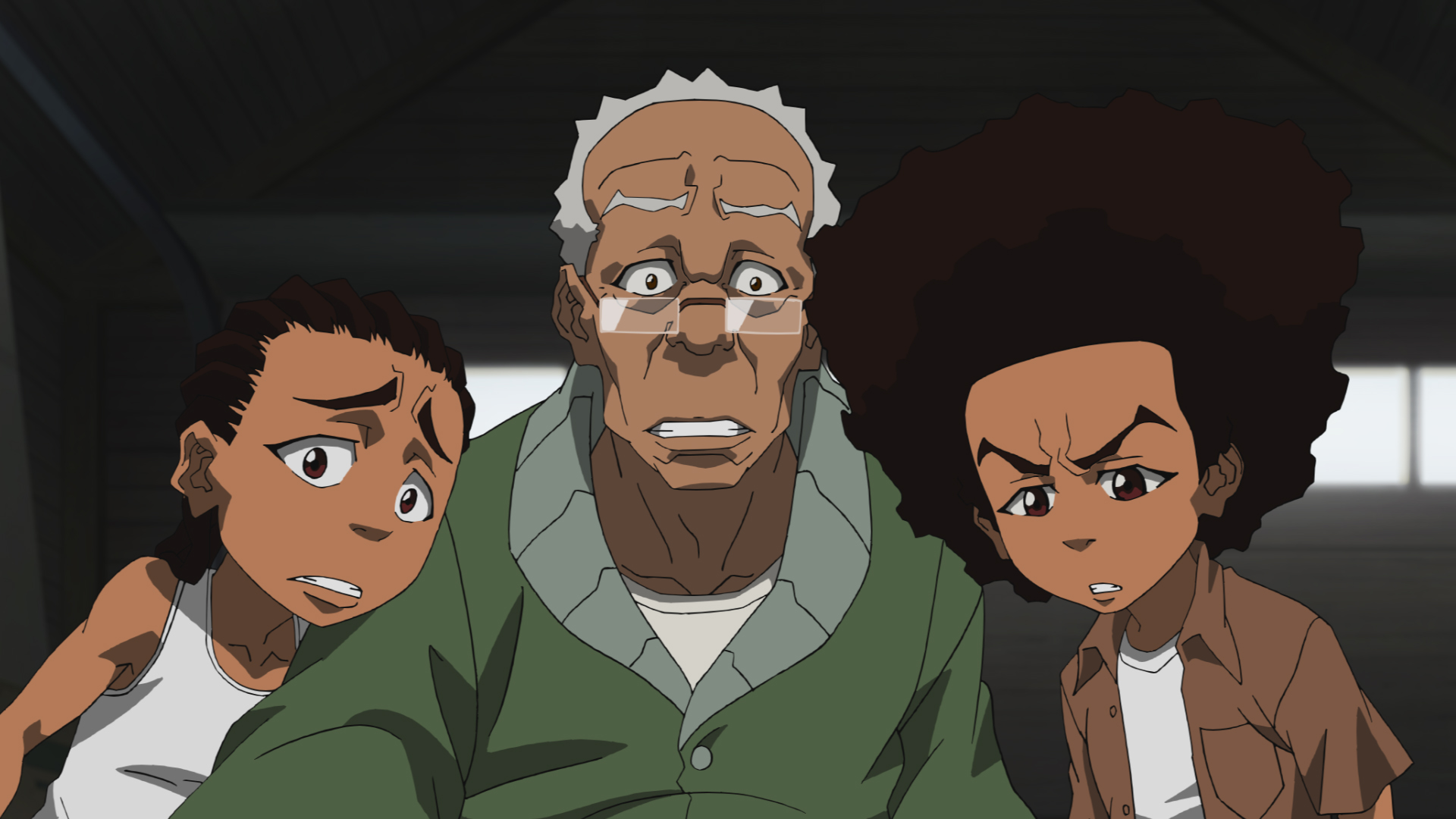English Dub Season Review: The Helpful Fox Senko-San Season One
Is it pawsitive storytelling, or a cautionary tail?
Let’s start by asking: how does one get the idea to write a story about a fox spirit who decides to become a live-in maid for some rando? Well, let’s look at the history of “kitsune” (fox) spirits. In ancient Japan, foxes lived closely with humans, which made for a lot of folklore about them — similar to the ways ancient Egyptians thought of cats. The main legend about them was that they were magical, and had the ability to shape-shift into human beings. So, there’s the tea: kitsune characters weren’t invented by mandate of Anime Bullshit, but rather, really cool, ancient Japanese mythos.
Considering how many of these stories portrayed kitsune characters as either tricksters, friends, or even spouses, it’s no wonder why this anime has kitsune characters that encompass all three. The Helpful Fox Senko-San is the story of Nakano, a regular, over-worked guy in Japan whose resemblance to his ancestor causes Senko — a benevolent fox spirit — to appear in his home and deem herself as his caretaker. Even with the connection to Japanese folklore, is this enough of a catch to look over the fact that there’s a clear character design issue? Is that fox really 800 years old? More importantly, why does this keep happening?
Let’s review.
Animation/Art Style
As mentioned, there is a problem with the character design — exclusively speaking, the problem lies in Senko, Shiro, and Sora. The problem with the first two is that they fulfill a common trope which ruins any semblance of good reputation that anime could possibly garner. The “She’s not twelve, she’s eight hundred years old! She just LOOKS twelve because her race ages differently!” argument does not, can not, and will not ever hold up in court. No matter how “adult” Senko acts, her character design will continue to be a major push-away for potential watchers. It’s 2019, and it’s time to stop pandering to pedophiles with “loli” characters (something that Koenji even refers to her as in the show. Yikes!)
Luckily, that problem doesn’t occur with Sora, who is a much older fox spirit than the other two. Thankfully, she just has the run-of-the-mill anime girl issue where her titties are the size of genetically modified watermelons. Her robe is also always dangling precariously off of her shoulders. One would think that a grown-ass fox woman would be able to get a damn robe that fits her, but unfortunately, that’s not how anime works.
Since the kitsune character design is the main flaw of the show, it’s odd that the humans look like…regular people. Koenji isn’t sexualized, and she’s not portrayed as negatively naive or sultry, either. As demonstrated by this, it’s clear that all the kitsune characters were capable of looking normal, but they just don’t — and knowing that there was capability there really makes the problem with Senko, Shiro, and Sora so much worse.
Through the bad, though, the shining example of character design in this show lies in Nakano. He doesn’t have big, googly anime eyes. He doesn’t look like a shonen teenager. He looks like an adult man, who is tired and a little scraggly. This is an example of how going against the typical “anime” look can benefit a character. Making him look less “cute” ironically winds up making him look very endearing and genuine.
So while most of the character designs in the show are the problem, there is, at least, a little bit to like. The backgrounds and effects in this show can be really lovely, too — they instill the sense of zen the show aims to project.
Plot
Senko feels an attachment to Nakano because he resembles his ancestor — who helped Senko when she was injured. Since she stayed by his side as a caretaker until the day of his death, she still hasn’t gotten over her love for him — therefore, seeks to relive the past by caring for Nakano. This is the backbone of the series, as everything else is just slice-of-lifey stories that are meant to be just that. Slice-of-life anime is meant to warm the heart and ease the mind. The Helpful Fox Senko-San does do this, but the viewer has to be willing to overlook the clear twelve-year-old appearance of Senko in order to do so. Otherwise, it’s just a little bit uncomfortable. They very could have easily made her look like an adult, and it would have been a standard, cutesy fluff narrative. But they didn’t, and we all know why.
Part two to this is the fact that the narrative clearly panders to people who want to be in Nakano’s position. The end of every episode features a short that puts the viewer in a first-person POV, with Senko (or another kitsune character) speaking to/interacting with them in the way Dora the Explorer would address her audience of four-year-olds. While this is intended to be a cutesy touch on the show, it doesn’t exactly bode well that the anime is classified as seinen (as in, the audience for a show about a child-looking caretaker is targeted toward adult males. Yikesaroni!)
Characters
Nakano represents the every-man. As we’ve addressed the show as seinen, it’s clear that the intention was to make Nakano as relatable a character as possible to the male audience. He’s a genuinely sweet character, doesn’t ever sexualize Senko, and most importantly, represents the reality of every day life. His character appears so genuine because they made sure he had a realistic personality, as well as life.
Senko is a kind-hearted yet mysterious character who appears to be dealing with decades of grief. Caring for others doesn’t just appear to be a natural behavior to her — it seems like her habit of care-taking is a coping mechanism. It’s a common behavior for people who have a lot of internal issues to try and fix other people’s problems as a surrogate way of dealing with their own. She does seem to have feelings for Nakano, but might need to continuously remind herself that he isn’t Nakano’s ancestor (ala Pearl and Rose from Steven Universe) if the series goes on.
Shiro and Koenji were cute side characters, but the fact that Shiro is so childlike and looks similar in age to Senko can be off-putting. Koenji is a pretty realistic female character, but the good parts of her are sort of shrouded by the fact that she (as a mangaka) is obsessed with Senko as a “loli.” How many times have we said “yikes” in this article?
While Sora was good in the way that she made Senko realize she can’t always be with Nakano (and that he isn’t his ancestor) it seemed like she was just there for sex appeal. At least she actually looked like an adult.
Sound Design
Senko’s voice wasn’t overpoweringly cutesy, which was good, but the same can’t be said for Shiro, whose voice was a bit too shrill at times. Koenji and Nakano’s voices seemed perfect for them as, once again, they seemed the most human. It was also nice to hear an adult female voice (Sora’s) out of a cast of kitsune characters who were continuously characterized as childish.
The theme and ending songs were almost…too cute. It was very (as the kids say) “uwu” — with even some “owo” added in for flavor.
Our Take
While there were some sweet points to this show, there are more slice-of-life anime series out there that won’t make the viewer feel weird watching them. The Helpful Fox Senko-San‘s fatal flaw is its character design. No matter how many meta comments the show makes about itself (such as in the first episode, when Nakano was self aware enough to know that having Senko in his house was a recipe for a police visit) it doesn’t fix the problem. Plus, most of the underlying plot seemed hyped up for drama (the mechanics of the darkness surrounding Nakano is still unclear. Is it supposed to be a threat?)
The Helpful Fox Senko-San has a few redeeming qualities to it, but not enough to warrant a re-watch or recommendation. Point being, if a twelve-year-old fox girl appears in your home and starts doing your laundry: call the police!






















"There are also other characters that come and go (also owned by the Warner Bros. Discovery conglomerate media company)."
Huh. Is that just referring to other characters from the show itself, or is this implying that the new season is going to have cameos from other WBD IPs